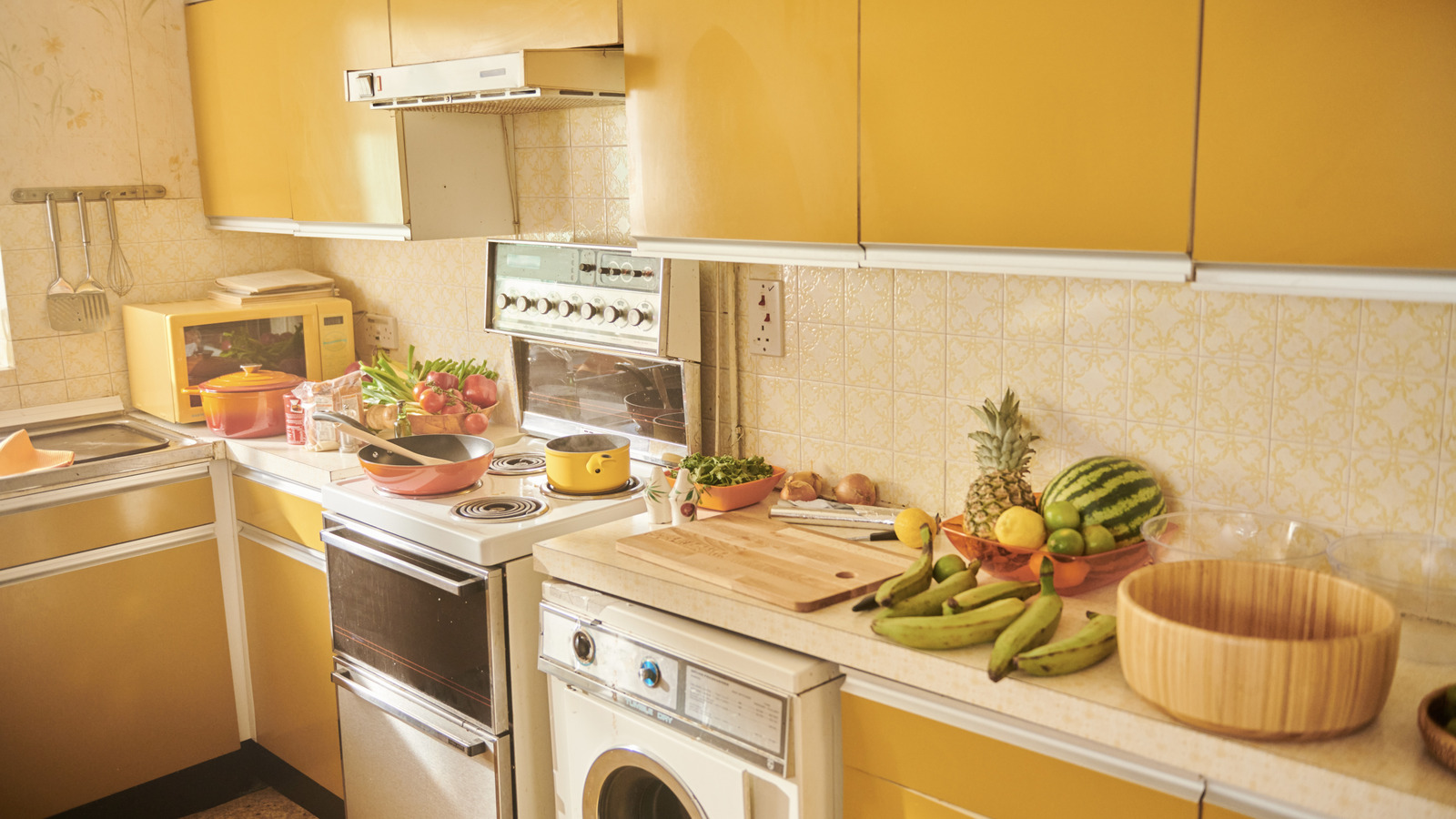
"While certain appliances must be fixed to connect to power and water sources, the rest of a freestanding kitchen is not built in, but rather consists of furniture you can move. While this design approach came into fashion in the '90s, that's not when it originated; in fact, the '90s style of unfitted kitchens was cottage-inspired, nodding to the freestanding kitchens with only a fixed fire source that existed for centuries."
"Because of the ever-changing ways we use our kitchens, the more rigid fitted layout may be one kitchen trend on its way out in favor of more personality, style, and versatility. Freestanding kitchens are more eclectic and artful, and make updates and modifications easier. The advantages of freestanding kitchens Pressmaster/Shutterstock Freestanding kitchens lighten the pressure of commitment. Worried about making one of the most common kitchen design mistakes?"
Freestanding kitchens replace built-in counters and cabinets with movable furniture, allowing owners to rearrange workspaces and storage. The unfitted approach originated from cottage and country house traditions and was popularized in the 1990s as a cottage-inspired style. Certain appliances still require fixed water and power connections, but most components can be relocated. Freestanding kitchens accommodate changing household routines and diverse users by offering flexibility, personality, and eclectic styling. They simplify updates and material changes, reduce commitment to a single layout, and help avoid common kitchen design mistakes by making it easier to swap colors, materials, or cabinet placements.
Read at Tasting Table
Unable to calculate read time
Collection
[
|
...
]